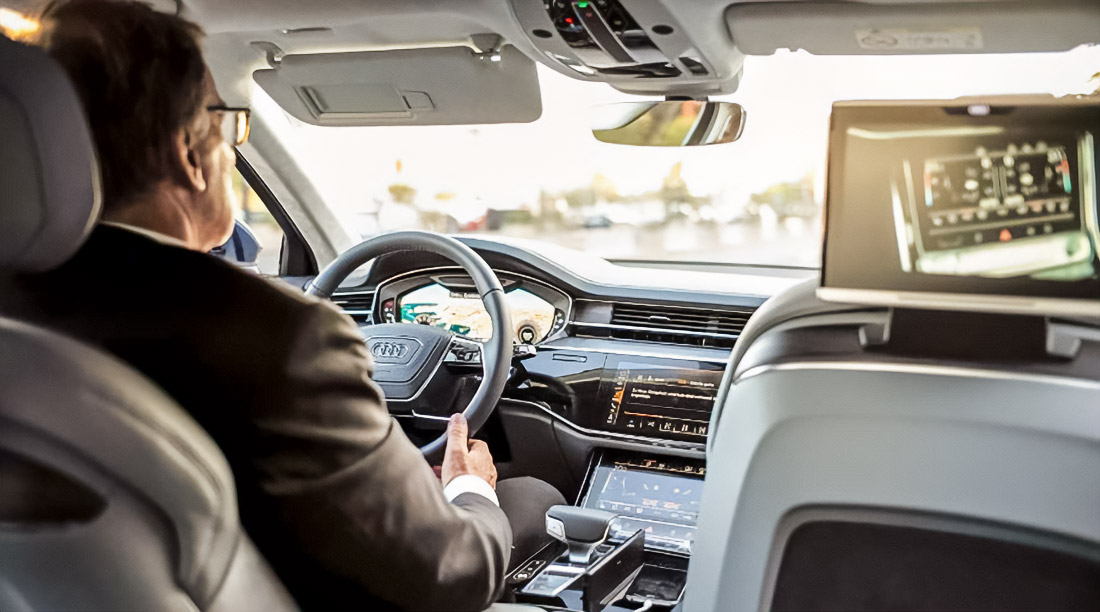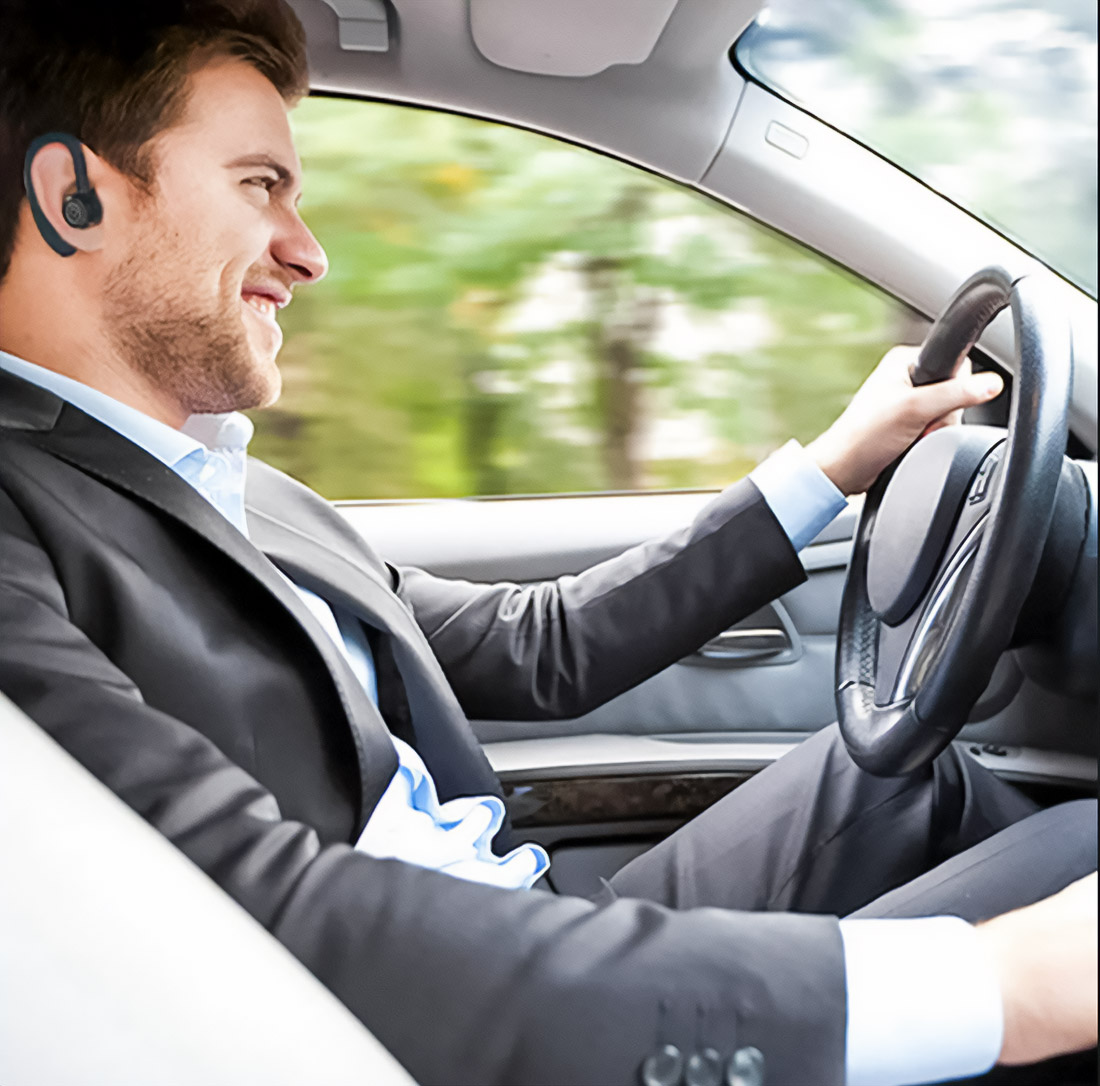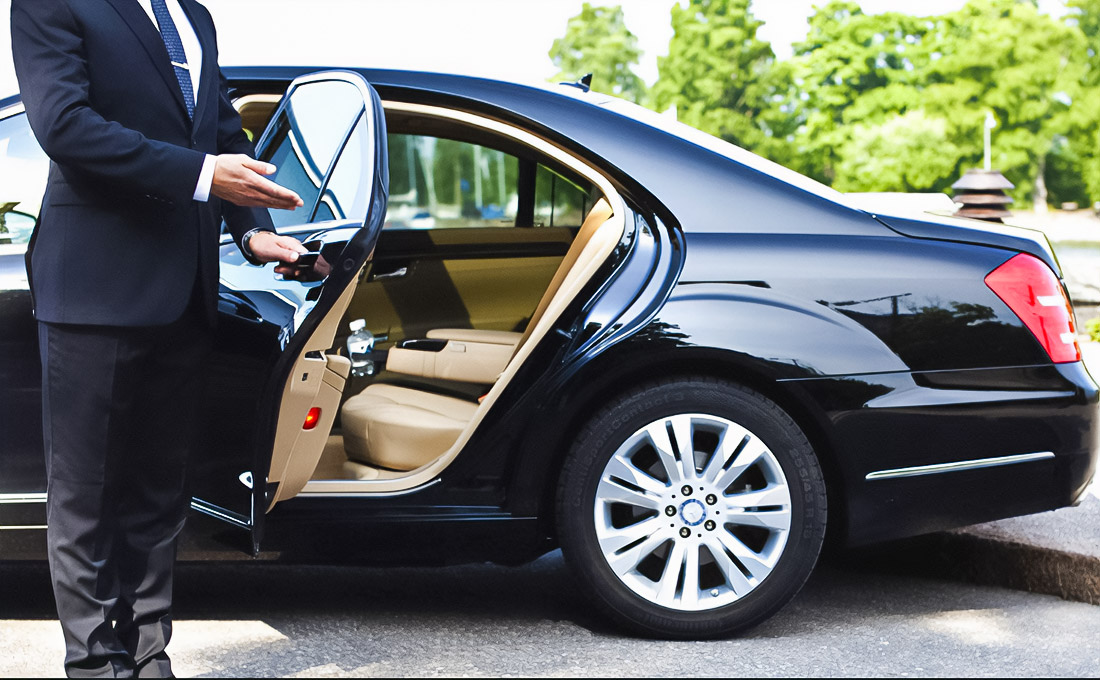Evolution Driver’s Service in UAE: From Limousines to Technologies Future

From the end of the 20th century, private service drivers in the United Arab Emirates (UAE) began their careers, embodying luxury and prestige. In the 1990s, with massive construction and the rise in tourism, limousine services became a lure for the business elite and international visitors. These services provided not only comfort but also safety, which was extremely important in a dynamically developing metropolis. In 2003, the number of limousines in the country reached the peak mark of about 2500 units. Today, Zofeur offers a modern approach to services and private drivers, providing convenience and safety.
Long Path: Limousine Services as Symbol Luxury

From the end of the 20th century, private services drivers in the United Arab Emirates (UAE) began their careers, embodying luxury and prestige. In the 1990s, with massive construction and the rise in tourism, limousine services became a lure for the business elite and international visitors. These services provided not only comfort but also safety, which was extremely important in a dynamically developing metropolis. In 2003, the number of limousines in the country reached the peak mark of about 2500 units.
From Limousines to Mobile Applications: Technical Revolution 2010s

Onset 2010s years became the beginning of a new era for market private drivers in UAE. In 2013 year, more than 70% of the population began to use smartphones, which radically changed the ways to order services. Uber and Careem became pioneers in the introduction of mobile platforms. The number of users of such applications grew from 200,000 to more than 1.5 million in only three years.
- Growth demand for mobility among youth: more than 60% of users of such applications consisted of people aged 20 to 35 years.
- Increased availability: more than 40% decreased average cost of trips compared with traditional limousines.
Details about platforms joint use cars
Economic Revival: New View on Transport

Economy UAE experienced a boom, which contributed to changes in the transport sector. In 2019, the average income per capita exceeded $43,000, which increased the availability of mobile services for a wide audience. Reduction of dependency on the oil sector stimulated investments in innovative transport companies. In 2020, the number of startups in this field grew by 25%.
Mobile Applications and Magic High Technologies: What Awaits Us Ahead?
Companies continue to place emphasis on development technologies. Today, 85% of trips are tracked in real-time and paid cashless. In 2022, artificial intelligence will help reduce waiting time by 30%. Systems predictive analysis makes more than 5000 forecasts daily needs users.
Impact artificial intelligence on transport systems
Impact on Society and Economy: From Transport to Employment
With appearance services on demand, the mobility population significantly increased: on average, every resident capital makes about 3-4 trips in a week. At the same time, 30% of new jobs in the year 2021 were created in sector drivers. However, change in the structure of employment is accompanied by social challenges: conditions of labor require improvements.
Forecast for Near Future: Looms Era Cars on Autopilot
Future private drivers in UAE suggest integration innovations, such as autonomous cars. According to estimates, by 2030 year, more than 25% of the fleet will consist of non-human machines. Alongside, government projects in field eco-technologies close squint on future.
- Development of electric vehicles: more than 10% of urban fleet expected to transfer to electric traction by the year 2025.
- New laws: proposed projects on social protection workers and standardization employment.
Strategy UAE on development electric vehicles
This evolution of private transport in the UAE demonstrates power technologies and social changes, transforming traditional industries. Joint work companies and regulators will ensure the creation of a sustainable and inclusive transport ecosystem capable of coping with challenges in the coming time.

Fixie owner, dreamer, audiophile, hand letterer and fullstack designer. Performing at the junction of simplicity and elegance to develop visual solutions that inform and persuade. Concept is the foundation of everything else.